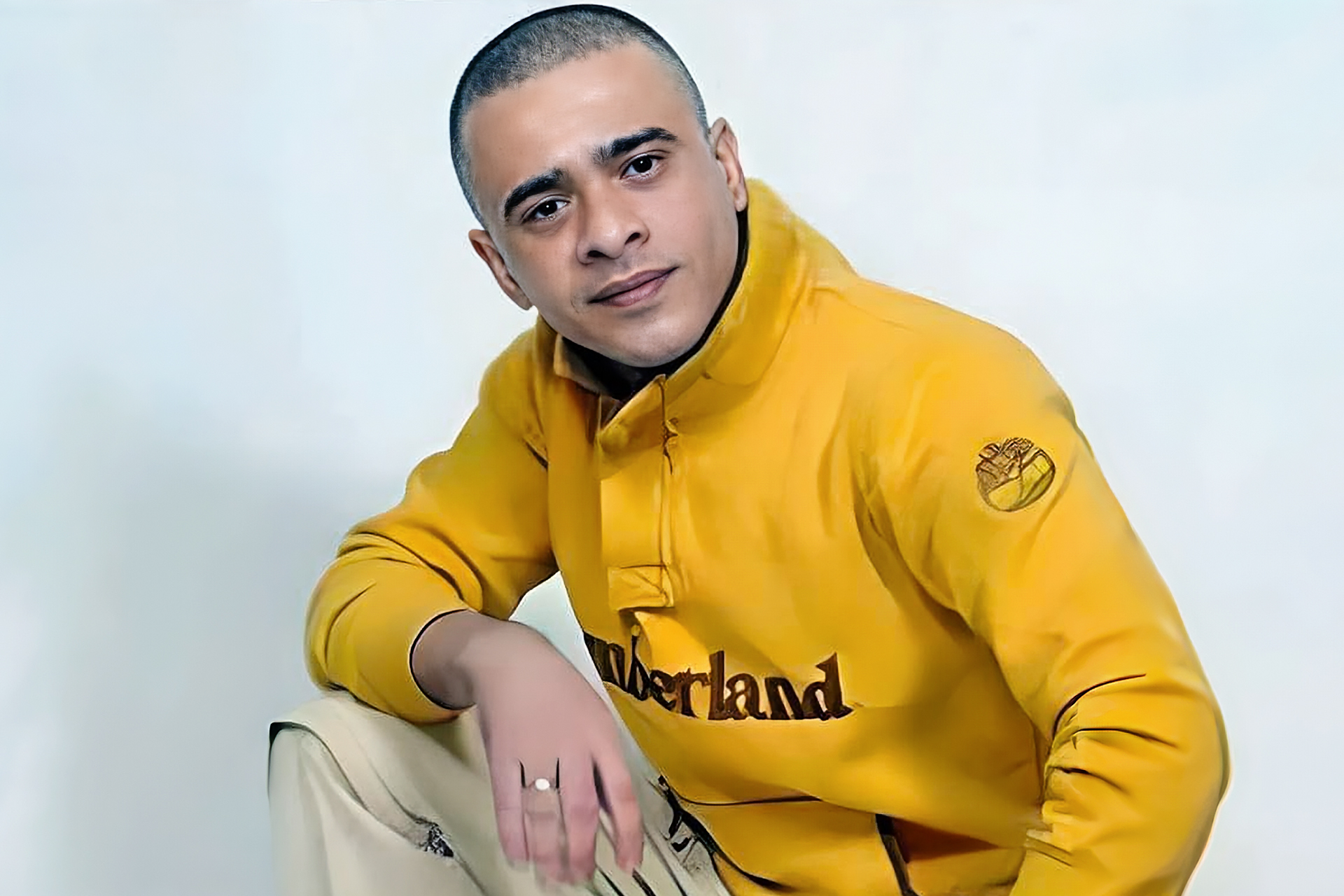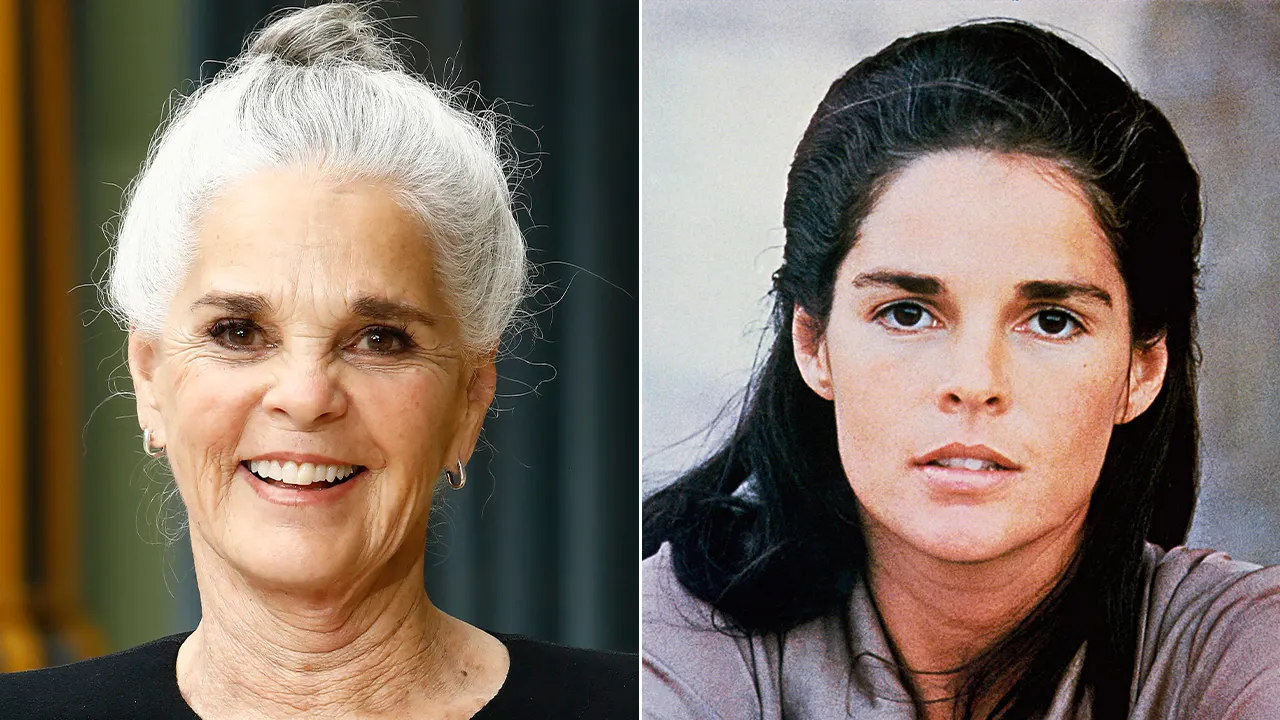Nablus- What Palestinian prisoner Banan Barham experienced was a reality that was easier for him than what he heard with his own ears. Torture through severe beatings, starvation, thirst, and deprivation of a shower, bed, and blanket in the midst of extreme cold was tolerable in the face of hearing groans and screams coming from the rooms of his companions, and then the martyrdom of one of them.
Prisoner Barham (42 years old), who was released from the occupation prisons a few days ago, after 16 years of detention, stands as one of the witnesses to the beating killing of his fellow prisoner, Thaer Abu Assab (38 years old), on November 18.
Barham narrates to Al Jazeera Net what he heard, text and word for word, from the prisoner Hisham Taqatqa, about the incident of the execution of the prisoner Abu Assab, who comes from the city of Qalqilya in the northern West Bank, to be the first to transmit the news with its horrific details that remained secret, except for what was scarce, and which the occupation declared, about the circumstances. The martyrdom of 6 Palestinian prisoners who were killed inside his detention centers since the war on Gaza.
Barham says that he was interested in conveying the story accurately and accurately from its source, the prisoner Taqatqa, “because I was the first of the prisoners to be released among those whom Hisham met, and I have details that reveal and expose the crimes of the occupation.”
He ransomed the captives
in Israeli Negev Desert Detention Center Where the event occurred, it was not the fault of the prisoner Thaer Abu Asab, and as a representative of the prisoners in his department, he asked the Israeli guard, “How long will we remain like this? Is there any news of a truce?” The guard replied, “I will give you the answer.”
Barham says, “Following his simple question, Thaer felt that something would happen. He returned to his fellow prisoners, apologized to them for what he had done, and told them that he would sit at the front of the room to confront any intrusion into the room.”
He added, “The answer came after about 3 hours, through 19 masked soldiers, heavily armed, with iron batons, and police dogs. They stormed the room of Thaer and 7 other prisoners. After they finished the humiliating counting process for them, and verified Thaer’s full name, they ordered the prisoners to turn back and raise their hands above… head and to sit cross-legged.
Barham continued, “In the meantime, the captive dog attacked Hisham Taqqata and sat on top of his body. Then the jailers brutally beat Thaer and his companions with sticks and iron batons, for about 20 continuous minutes. At that time, Thaer’s hand fell from above his head, and he was unable to lift it, and his movement was completely paralyzed, while The other prisoners lost consciousness.”
For a moment, the jailers stopped and almost left the room, but they quickly returned and began beating Thaer again with greater violence, “to make sure it was the final blow,” Barham added.
“Where are you, mom?”
Fortunately for the prisoner Taqatqa, the dog sitting on top of him protected him from fatal blows, “because they did not want to harm the dog.” He started screaming and calling for help from the prisoners in the second room, trying to save Thaer, who suffered from suffocation and shortness of breath. He started tossing and turning and screaming, “Where are you, mother?”
Barham continues what he heard, “Thaer dragged his exhausted body towards the prisoner, Taqatqa, and tried to get up, then he shouted, ‘Oh, my mother,’ and fell to the ground and lost consciousness.” Taqatqa renewed his appeal to the prisoners who tried to help him by giving advice on how to deal with Thaer.
After about an hour and a half, and under pressure from the prisoners, the guard responded and brought the doctor, and they brought out the prisoner Thaer, who had died.
In the midst of all this, the rest of the prisoners were left in the room alone, struggling for death and unconscious, and when Taqatqa begged the guard again to bring them a doctor, he refused and cursed him, telling him, “Go and check on them, and whoever you find alive, leave him, and unless any of them die, do not call me.”
The prisoners remained as they were until the next day, when the police came to investigate, and they were examined as if they were corpses without being provided with treatment, while the police claimed, while interrogating Taqatqa, that a quarrel had taken place between the prisoners themselves, and that Thaer was a victim of that. Taqatqa refuted this, and called for an investigation and examination of the body. “Thickened by blows of iron clubs.”
Immediately upon his liberation, the prisoner Banan Barham conveyed his testimony about the killing of the prisoner Abu Assab to his mother, so that she would be the first to respond to his cries, “Oh, my mother.” She said, “I did not believe that Thaer died, and I am waiting for his visits, and my fire will not cool down until I see him.”
The hidden is greater
The occupation arrested Thaer Abu Assab in 2005 and sentenced him to 25 years in prison. He was one of the six prisoners who were martyred inside the occupation detention centers during the period of aggression against Gaza since the seventh of last October.
While Israeli media reported that other detainees from Gaza were martyred in the “Sde Teman” camp in Beersheba (south), but the occupation refuses to reveal their fate.
In previous conversations with Al Jazeera Net, the families of the martyred prisoners accused the occupation authorities of killing their children after arresting and beating them, especially the families of the two martyrs, Omar Daraghmeh from the city of Tubas and Arafat Hamdan from Ramallah, while Israel opened investigations to determine the circumstances of the martyrdom of some of them.
Palestinian human rights institutions documented 243 cases of prisoners martyred inside occupation prisons since the 1967 occupation, and Israel is still holding the bodies of 17 of them, one of which is the body of prisoner Abu Assab.
The Prisoners’ Affairs Authority and the Palestinian Prisoners’ Club say that the investigation into the circumstances of the prisoners’ martyrdom, which came as a result of the legal efforts of those institutions, “is not to seek justice from the occupation, but rather to put an end to the torture and abuse that has escalated against the detainees.”
Premeditated murder
The media officer at the Palestinian Prisoners’ Club, Amani Farajneh, believes that Israel will go to open investigations into the martyrdom of the prisoners “to avoid the file reaching the public.”International Criminal CourtAnd thus dropping it locally.”
Farajna told Al Jazeera Net, “There is a deliberate intention and tendency on the part of the occupation government to execute prisoners, as it called on its leaders to pass laws for that, but in reality they implement execution without law, and act with the logic of revenge.”
Farajna added, “After October 7, the priority of human rights institutions was no longer to focus on terms such as medical negligence or torture to describe the martyrdom of prisoners. The occupation now has a decision to execute prisoners, and that everyone who martyrs after this date is due to murder.”
She adds that they are no longer dealing with a body called the “prison management system,” but rather with people who excel at managing prisons “with a lust for revenge.”




